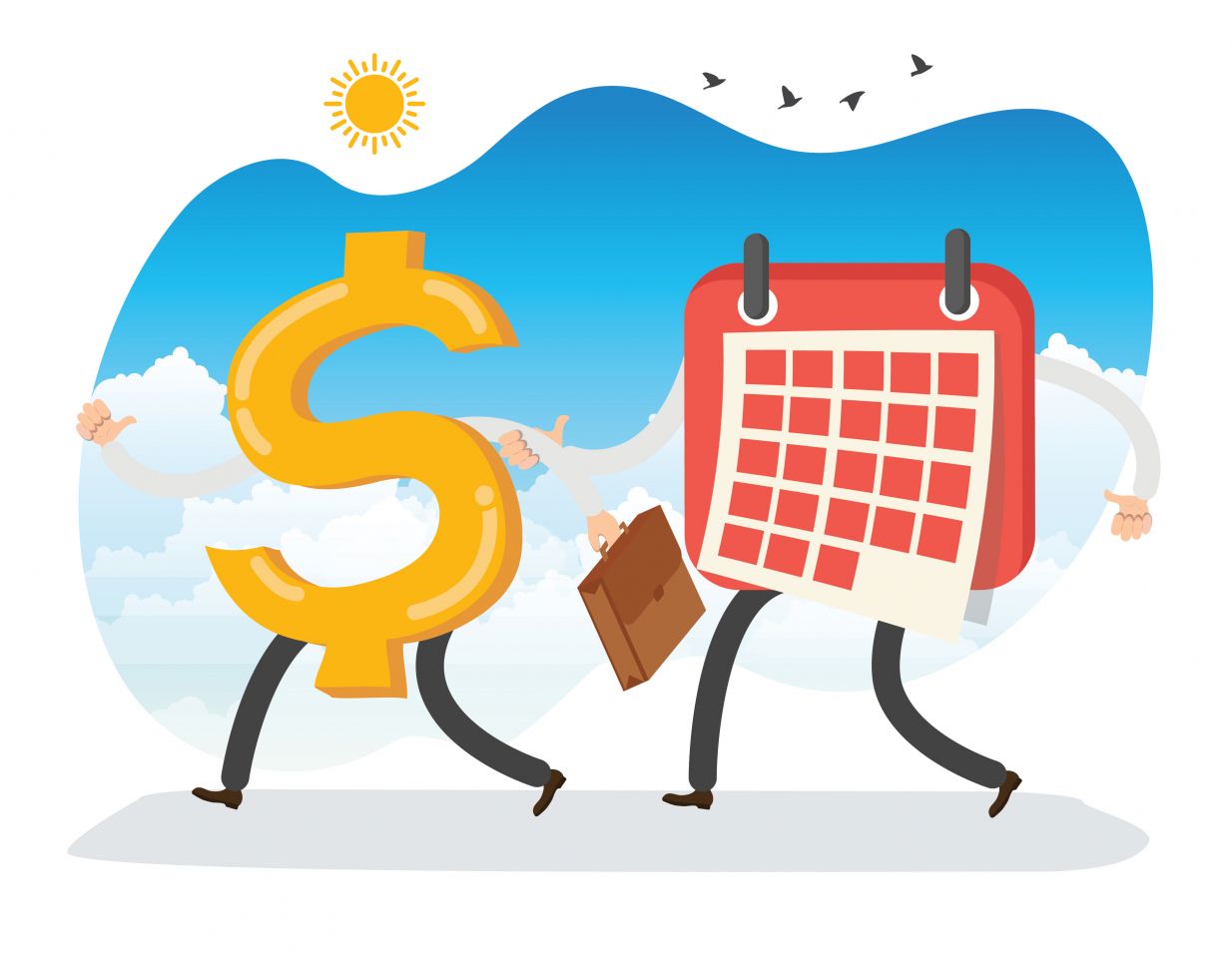What is currency peg?

Currency pegging is when a country or central bank aligns its currency to the value of another asset by artificially increasing or decreasing the value, rather than allowing it to trade freely on the open market.
This governmental policy is also referred to as a fixed exchange rate. The most common asset used for pegging of currency is the US dollar (USD), due to its wide use in global trade. According to a 2019 Triennial Survey by the Bank for International Settlements (BIS), the USD accounts for 88% of all forex trades. Countries can also peg their currency to a basket of different currencies or to a valuable asset, such as gold.
Currency pegging explained
To define pegged currency, it’s useful to understand the mechanism behind it. The value of a free floating currency, relative to other currencies, is dictated by supply and demand.
If traders try to purchase more of a currency than there is available, its price will increase. If, for instance, political and economic developments are creating uncertainty in a currency, traders could try to sell it in more volume than the market demands, causing the price to decrease.
Pegging of currency works in a similar way, except that rather than allow market forces to control supply and demand, the country’s central bank manipulates the market by buying or selling its own currency in an effort to maintain a desired value.

Pegged currency example
Large fluctuations in a country's currency rate can be extremely detrimental to normal economic activity. The value of goods or services bought under contract can change substantially before fulfilment, creating uncertainty around long-term deals. In global trade, uncertainty equates to risk and can reduce a country’s competitiveness.
Therefore, a currency can be pegged to try to increase the competitiveness of the country’s exports. A notable pegged currency example was the Chinese yuan. Even in the face of substantial political pressure from the US, the central bank of China kept the yuan pegged artificially low to the US dollar in an effort to increase the attractiveness of its exports to foreign buyers.
Another example would be the Caribbean island of the Bahamas. As the Bahamas is heavily reliant on American tourism spending, it maintains a fixed 1:1 exchange with the USD to allow for ease of travel. In some cases, the exchange rate is fixed at an unequal rate, such as that of the Belizean dollar, which is fixed at 2:1 with the US dollar.
Many countries utilise a peg to the USD or euro as a means of encouraging trade with their nation’s economy. In other circumstances, such as with China, it’s used as a way to artificially increase global economic competitiveness. No matter the reason behind a currency peg, when free market supply and demand dynamics exert too much pressure, a central government can struggle to maintain the fixed exchange rate and the currency could collapse, leaving the country in economic turmoil.